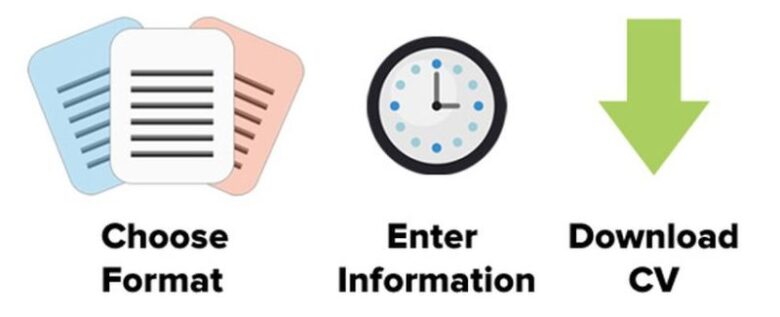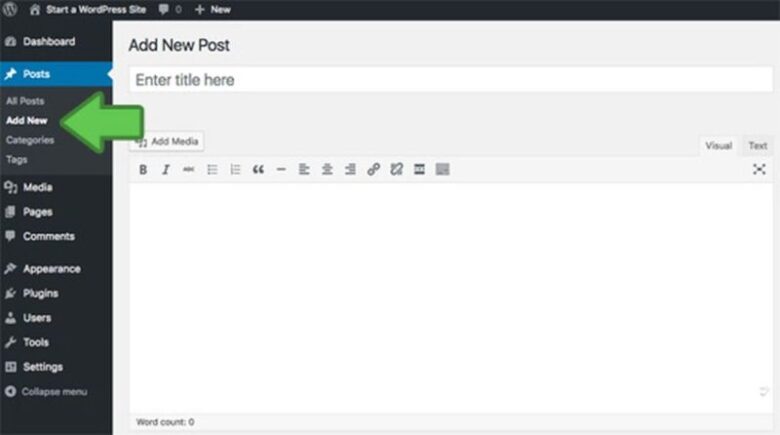Tech has taken the recruitment industry forwards, driving change and exponential growth over the past 20 or so years. With intense competition for every role, job seekers need to ensure that their approach to finding and applying for vacancies is keeping pace.
The first job websites appeared in the early nineties – starting with the ‘Online Career Center’ and later, a myriad of sites using ‘NetStart’ software (to become ‘CareerBuilder’). Newspapers jumped on the bandwagon in the mid-nineties with six major papers taking their job classifieds to the net via a conglomerate site, ‘Career Path’.

By the close of the 90s, Hot Jobs, Monster, Headhunter, CareerMosaic and Jobs Online.com had all became household names. But despite the move towards online recruitment, the paper curriculum vitae was still very much a thing – as was thumbing through the classified section of the local newspapers. Indeed, printed job ads have been with us since the late 1600s (newspapers themselves date back to 202 BCE) so a change was definitely in order.
Job boards

Today’s job seekers will be more than familiar with the many job boards that list opportunities. Monster is still going strong with Reed, Total Jobs and Indeed also featuring heavily in Google’s results. Reed alone has more than 260,000 vacancies with 10,000+ typically added each day. Any job seeker would be a fool to ignore this source of lucrative opportunities. Further, most job boards offer email alerts, ensuring you are the first to hear about any vacancies in your area of interest.
ATS
Massive job boards were not the only tech coming out of the nineties for the jobs market. A lesser-known advancement – ATS software – was simmering in development. ATS software automatically processes CVs before they are seen by a human hand – saving companies time and therefore money. Back in the nineties you may have never heard this term – but now ATS is commonly used, particularly with bigger companies.

Somewhat ironically, ATS software isn’t great at reading CVs. The problem is that CVs have gotten fancier over the years to match the growing competition for every single job. Consequently, they are full of tables, graphics, columns and other things that cause Applicant Tracking Systems to incorrectly reject perfectly good CVs. If you didn’t know this and you’ve been blissfully sending off your CV with jingling bells and whistles, now is the time to reconsider your strategy. There’s no way to know which companies use an ATS, so an ATS-friendly CV template such as those offered by CVTemplateMaster.com is the safest strategy.

Skipping back to 2006 and you may remember the launch of the LinkedIn public profile by a small team who had only been in existence for 3 years at that point. If you’re a job seeker and LinkedIn is still a bit of an unknown to you, you’ve clearly been hiding in a dark room for the past 13 years. LinkedIn is now one of the most powerful tools for both recruiters and job seekers. It offers the ability to create a profile to supplement your CV which can include a lot more detail together with endorsements and recommendations. A killer LinkedIn profile should be a staple part of every job seeker’s arsenal.
Also in 2006 – it was a good year – we saw the very first tweet from twitter co-founder (@Jack) Jack Dorsey. Now, Twitter plays another crucial part to the world of online job hunting. It has become a way for would-be candidates to build an impressive network, ‘mingle’ and make connections. What’s more, it allows job seekers to demonstrate their knowledge by sharing, commenting and creating posts themselves. Every serious job seeker should be using Twitter daily.
CV builders

CV builders have been another recent development, allowing the candidate to enter a few details and then generating a nicely formatted CV for them. Typically there is a cost to use this software – the few free versions available don’t look half as nice as a good old-fashioned CV template.
WordPress blog

Last but by no means least, WordPress deserves a mention. The once clunky online blogging platform now powers some of the world’s biggest sites including TechCrunch, the New Yorker, BBC America and Bloomberg. It is also insanely easy to use, whether you opt for the self-hosted version (.org) or host on WordPress itself (.com).
Any job seeker can set up a website and start posting detailed articles covering issues within their industry. This can be mentioned both on the candidate’s CV, LinkedIn profile and other social sites.
In conclusion…
Today’s job market has never been so competitive and consequently job seekers need to ensure they are using every bit of tech available to them to track down and apply for new roles. Every candidate who is serious about rising above the competition will use the online job boards coupled with email alerts to hunt down the best opportunities.
Once suitable vacancies have been located, savvy candidates will opt for an ATS-safe CV and develop a strong LinkedIn profile to accompany it. Job seekers will also appreciate the role Twitter and WordPress have to play in building their profile and establishing credibility. A little time invested in careers-related tech now can open doors to a world of opportunities beyond the wildest dreams of those early classified ad printers.



